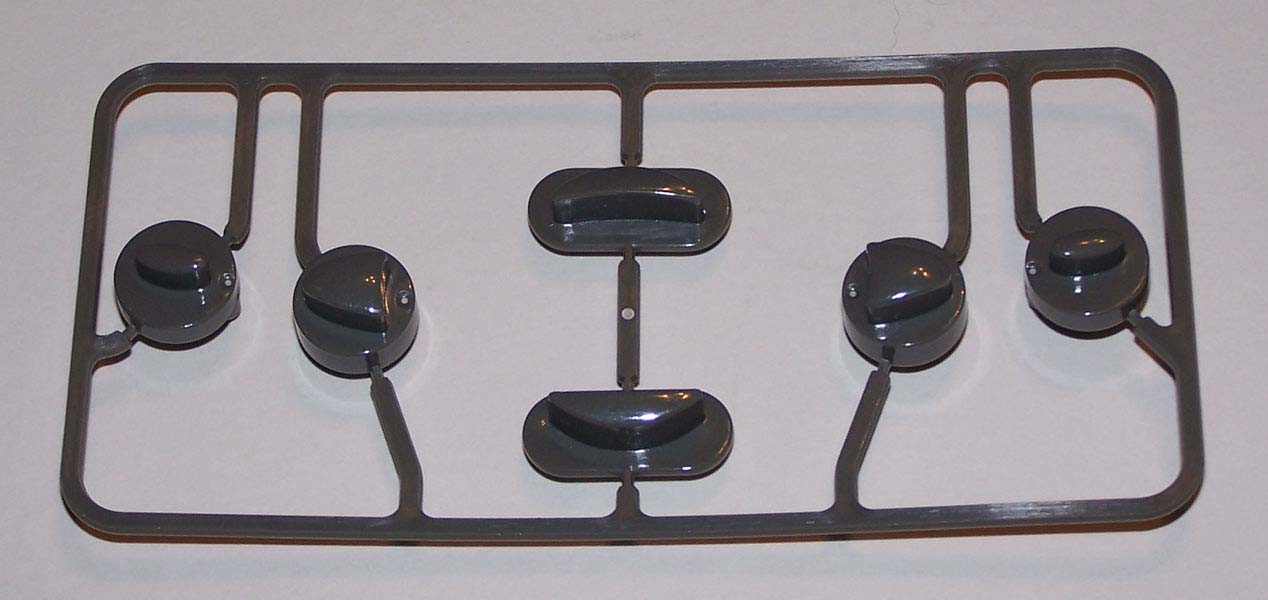Who’s afraid of chrome plating a plastic prototype? Think it can’t be done? Yes it can. And done correctly a chrome finish can make your prototype design “pop”.
Phoenix Proto can and does every day.
Shiny and sleek components often are far more desirable depending upon the product. Electroplating plastic gives a surface finish that can’t be matched by any other method. High price point luxury products often have the chrome look. Products at a lower price point can also benefit from the trend. Especially, as this is a cost effective way of adding value.

